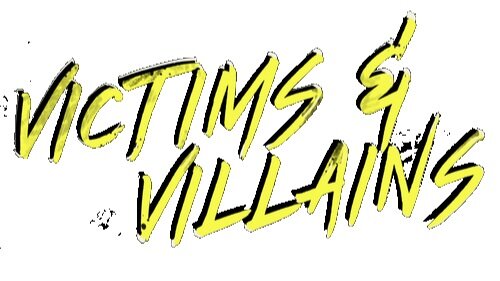Warning this opening story might come across ageist but that is not my intent. Back in the early 2000’s, curiosity colored me deeply, with wonder about this mysterious new film genre called horror. It’s worth noting that I grew up in a mostly conservative household. My parents were really strict with what my sister and I were allowed to watch. When my grandmother was diagnosed with cancer in 2000, I started to really understand depression for the first time. As a child who hadn’t hit ten years old yet, I needed an escape from such unpleasantries. That escape came in the form of the internet and its ever-growing resource of information. I slowly started to become a film buff. I studied the craft with heavy intent and diligence. It was the garden in which I found joy in.
With this growing knowledge and love for the medium, I started to find the shocking truth that there was a world of film outside of cartoons and Disney movies. A couple of years into this affection, and about a year after my grandmother lost her battle with cancer, there was much buzz around this new movie called The Ring. It was a horror movie that I could actually see because of its PG-13 rating. Alas, my parents still found some reason as to why I couldn’t watch it. Thank god for friends because I finally saw it in the spring of 2003. I was blown away by this movie. I came to learn that there was a whole sub culture of these movies. Even more, though, I learned that they were remakes of Japanese horror. Which spawned other American remakes like The Grudge (2004), the Grudge 2 & The Eye. Though, as audiences prepare themselves for another attempt at The Grudge. Let’s look back at its’ source material, Ju-On: The Grudge.
Ju-On: the Grudge chronicles the story of a brutal murder who’s spirits sink themselves into the foundation of a Japanese building and sequentially the spirits haunt unsuspecting victims. The incredible thing about Ju-On is its structure. The narrative is shaped by multiple points of views all feeding into the same narrative. It allows for this narrative to thrive on the anthology style, while seemingly holding everything together by a thread. That’s really what helps Ju-On stand out. Is how it tells its stories, over years and over multiple different characters. It feels refreshing to experience a film that is a genuine mystery as to how everything is connected. It’s opening sequences don’t come back into play until its’ final moments. Writer-director, Takashi Shimizu, masterfully creates an environment of intensity that is aligned with anxiety inducing terror.
A large portion of what helps create that terror is the camera work and visual nature of its cinematography, brought to life by Tokusho Kikumura. Kikumura is a wizard with the visual cues of Ju-On creating an uneasy environment that thrives on the horror that exists from beyond the grave. In America, we’ve probably all heard the saying “build on an ancient Indian burial ground.” It’s been spoken so much in the realm of pop culture that by this point, it feels powerless and moot. Kikumura really takes that concept and gives it a life that haunt you visually. The tension of its visuals is intensified when it meets the score of Shiro Sato. Sato manages to take the haunting visual identity and make it even more frightening and unsettling with its score. A large portion of the film relies heavily on these two factors of filmmaking and the gamble pays off big time.
While its narrative pays off with sheer brilliance, it is thanks to its slow burn aspect. The structure of Ju-On is anthological, each story burns with intensity and horror. Feeding into the beauty of its storytelling and horrific identity. Though, not everything feeds into the beauty. The acting of the movie is in one word: extreme. The acting is either extremely good or extremely bad. There seems to be no middle ground at all for these actors. While the bad acting is largely absent, it still does exist. When it does exist it is a lot like the spirits of the movie – it stays with you.
Overall, Ju-On: The Grudge, is haunting masterful experience. Writer-director, Takashi Shimizu, experiments with an anthological narrative that helps fuel its slow burn delivery, looming mystery and central curse. A good portion of what makes this structure so effective is its cinematography by Tokusho Kikumura. Kikumura is a master of his craft in building the tensions and mystery of the connection between stories. Being accompanied by its haunting score by Shiro Sato, doubles down on the film’s effective nature of storytelling. Ju-On is home to some truly remarkable storytelling, though not always home to the best of acting. While Ju-On does house some good performances, it also calls home to some mediocre and forgettable ones too. There is a strong curse within this movie, but that strength carries into its visual nature as well.
RORSCHACH RATING:
And more importantly, if you or someone you know is struggling with suicide, addiction, self-harm or depression - please free feel to reach out. Use any of our resources, call the suicide lifeline (1-800-273-8255) or text 741-741.
Music by Beggars. Ju-On is property of Lions Gate Films. We do not own nor claim any rights.



